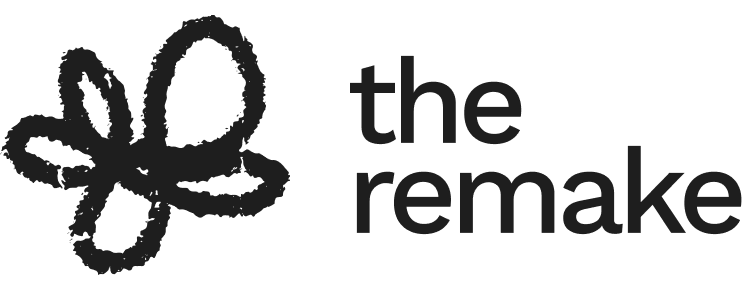Enough: Socializing for sustainable and just relationships with nature
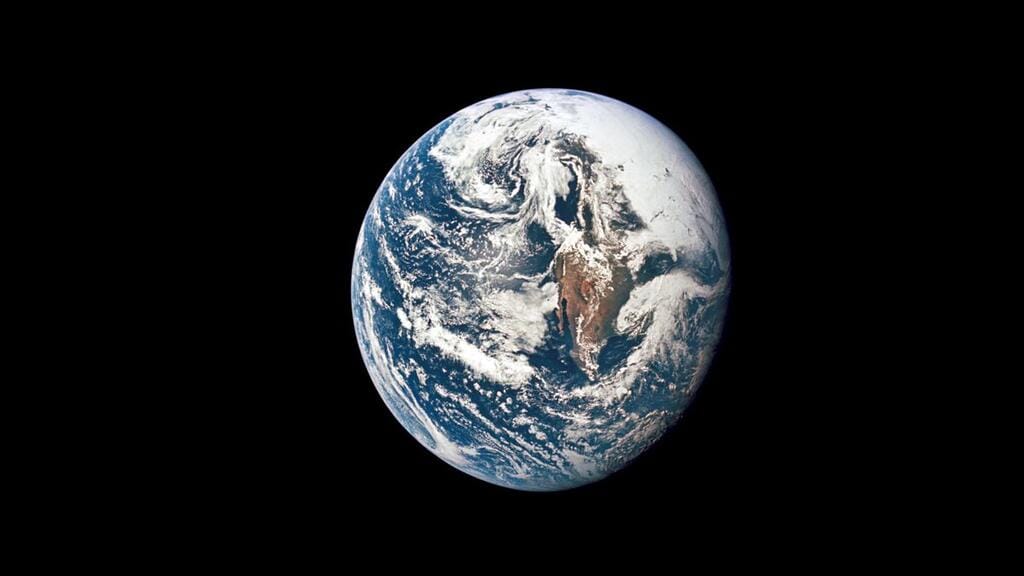
This essay introduces the project of Enough, and considers ways the Newtowne community can socialize our children towards sustainable and just relationships with nature.
“A tree isn’t a surprise”
A morning in September. In my first year as the atelierista at Newtowne School, I am preparing for the very first group of children to visit the studio. I am excited and nervous.
In line with my intention to foster children’s solidarity with nature, I plan to introduce children from the Green Dragonfly and Blue Otter classes (almost five-year-olds and young four-year-olds) to a magnificent maple tree that can be seen from the studio windows. My hope is that the children will form a relationship with the tree. I envision the children watching the tree as its leaves change colors in autumn, fall off in the winter, and reappear in the spring. I wonder what the children will find interesting about the tree. Perhaps learning about the tree will be central to this year’s curriculum.
To build suspense, I hang sheets in front of the windows to hide the tree. My plan is to have children gather at the table by the window and tell them I have a surprise. After the unveiling, I will invite the children to draw the tree as a first step in getting to know it.
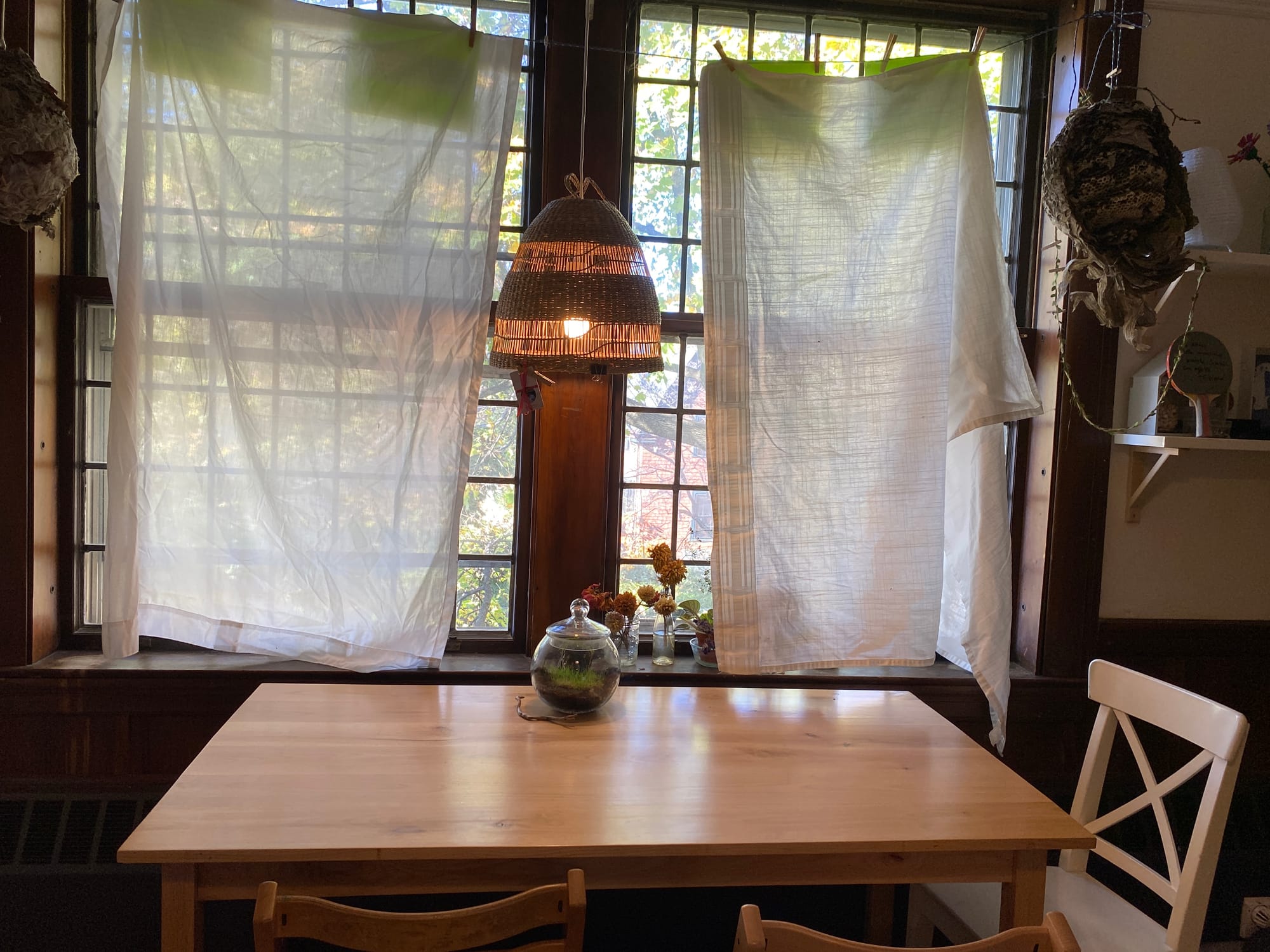
Despite the build up, the children’s reactions are tepid. Some dutifully draw the tree, but their engagement isn’t prolonged. With successive groups, I tweak my introduction in hopes of creating interest.
Day three makes it clear my efforts are not working. Immediately after I pull the sheets away from the windows, Mateo, with clear disappointment in his voice, calls out, “A tree isn't a surprise. A toy is a surprise.”
In this essay, I offer some initial thoughts on socializing children at Newtowne towards sustainable and just relationships with the natural world – a project my friend Amos Blanton calls “Enough.” I discuss the need for Enough and the complexities of the effort. I then offer three practices we might engage at Newtowne in pursuit of having children grow to be thoughtful about their use of resources: modeling enough; project work; and fostering connections to the nature of our city.
The need for Enough
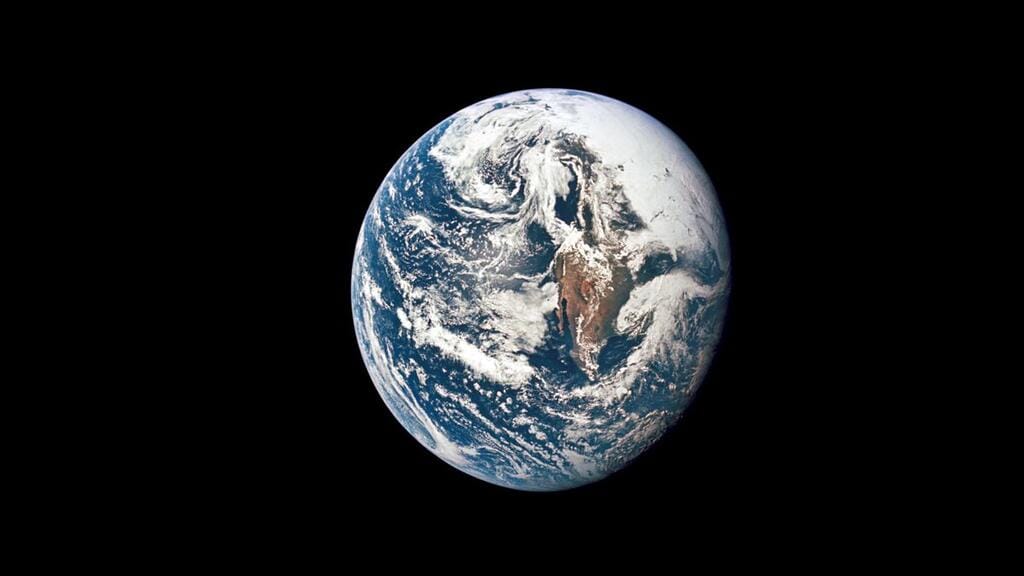
Consider this photo of the earth. Note, there is no umbilical cord. Once we have mined all the copper and extracted all the oil, there isn’t going to be any more.
Enough involves an awareness that there are limits to what human beings can take from the earth without profoundly harmful consequences. It involves socializing children towards considered and ethical consumption preferences [Note: By preferences I am not only referring to consumer choices, but also political decisions--for example, voting for candidates who, in the tradition of Jimmy Carter, prioritize the long term health of the planet over short term material gain]. Enough is not asceticism, but does involve some voluntary restraint. It involves taking pleasure in community and nature. This can mean valuing sharing a sunset with a friend more than getting another box from Amazon. Enough is not a project with just one set of answers. It does ask how we and our children become more thoughtful and how we use and share resources.
In The Story of More, Hope Jahren provides a host of facts about food and energy production that make clear that upper-income people need to use less and share more [Note: Middle class folks in the U.S., Canada, Western Europe, and other upper income countries are “upper income” from an international perspective and use far more resources than the global average. If you have gotten on an airplane in the past year you are likely upper income in this context]. For example, worldwide, sufficient food is produced to feed all of humanity five times over. Malnutrition is the result of social and political choices, not a lack of resources. On a purely caloric basis, we do not need to cut down more rain forest to provide pastures for cows or continue over fishing endangered marine stock. Yet the demand for meat, prized fish and food waste means these dangerous ecological practices continue. At the same time, well over a billion people do not get enough to eat.
It is important to note that exploring Enough will not be enough. The efforts of governments, corporations, and civic and religious institutions are needed to address our environmental crises. And in the face of such an enormous issue, we should embrace all possible solutions, including grassroots efforts to use resources in a more sustainable and equitable manner.
“The task of a teacher is to provide a non-coercive rearrangement of desire”
Is the project of Enough part of our jobs as educators? Yes.
Literary theorist Gayatari Chakravorty Spivak commented that, “the task of a teacher is to provide a non-coercive rearrangement of desire” is instructive here. I understand Spivak to mean that we need to prepare our students to lead a “good life”; a life worth living. That the rearrangement of desire is meant to be non-coercive is critical. Rather than involving rewards and punishments or shame and guilt, it involves directing children's attention to what gives life meaning.
A good life is not the pursuit of status and power for its own sake, or the acquisition of an overabundance of material goods. A good life involves being part of a caring community, participating in meaningful work, and feeling connection to the rest of the natural world. While the details of a good life are contextual and for each individual to discover, our job is to open up the world to students so they know of the possibilities offered to them beyond what they see in mainstream entertainment and social media.
An uneven playing field
In advocating for the project of Enough, it is important to acknowledge that the playing field is uneven. We are up against powerful interests intent on creating consumers rather than citizens. In the non-coercive effort to shape desires, a century of psychological research, paired with billions of dollars of advertising, is a formidable force. From an early age, corporations work to shape our children’s desires. And the advertising machine, which now includes social media, influences us too. It diverts our attention and shapes our desires, desires we pass down to our children. The message that consumption equals happiness is hard to counteract.
Shelly the Scold
Shelly (not her real name) was a neighbor of mine when I first moved to Cambridge. She was a scold. The wealthiest person on the block (her husband was a corporate lawyer), she was also the most outspokenly opinionated about other people’s consumption decisions (in truth, the only person on the block who shared opinions about other people’s consumption behavior). She derided a couple across the street for having two cars, saying, “We only have one car for five people. Why do they need two cars for two people?” Never mind that only two people in Shelly’s family could drive or that the neighbors cars got far better gas mileage than Shelly’s mini-van. Most importantly, other consumption decisions meant that Shelly used vastly greater resources than the two-car couple. Shelly did not convince the couple to give up one of the cars. Scolds, particularly ones seen as hypocritical, seldom have an impact on other people’s behaviors.
What was true about Shelley on an individual level is true on a societal level. Worldwide, the wealthiest top 10% of people account for almost half of humanity’s carbon emissions. The top 1% percent account for just under 17%. The economist Thomas Piketty points out:
It is clear that we’re going to have to change our production and consumption regime throughout the world, not only for the rich, but also for the middle class. And, like, everybody. But there’s simply no way that the middle class and lower income groups are going to accept the kind of transformation that is needed if you don’t ask for a much bigger effort from the people at the top who are typically giving lessons to the rest of the world about what we should be doing, while they themselves are taking private jets.
Nobody likes a scold.
There are lessons here for our work at Newtowne. It is important that families not take the project of Enough as a critique of their lifestyles. And the reality that some families don’t have enough. It is important to be clear that this is not a project of judgment. Sensitivity is required. So is dialogue.
Three possible practices
What can we do at Newtowne to move the project of Enough forward? I am hoping to work with colleagues and families in this effort. Here are three practices that build on work from last year that I hope we will lean into further during this school year.
Modeling Enough
A hypothesis: because children look to us for help in navigating the world, teaching and families modeling responsible consumption can be part of the project of Enough.
What might this look like? Blue Otter teachers Jen Schreiner, Danielle Hart, and Sam Mindur work is enlightening here. With their children who were turning four, they emphasized the importance of using materials responsibility, reusing, and recycling.
Their facilitation of the project to build a house for Enlin is a good example. Enlin is a mouse puppet who the Blue Otters became attached to. When invited to build a house for her, they responded with great enthusiasm. The house was delivered to Enlin, who lives in the studio, with great fanfare. However, after a week of play, the house was in tatters. Rather than taking the house to the dumpster, the teachers made a plan with the children to rebuild and make the house stronger. After extensive planning, they used parts of the original house and added other recycled materials for the new abode.
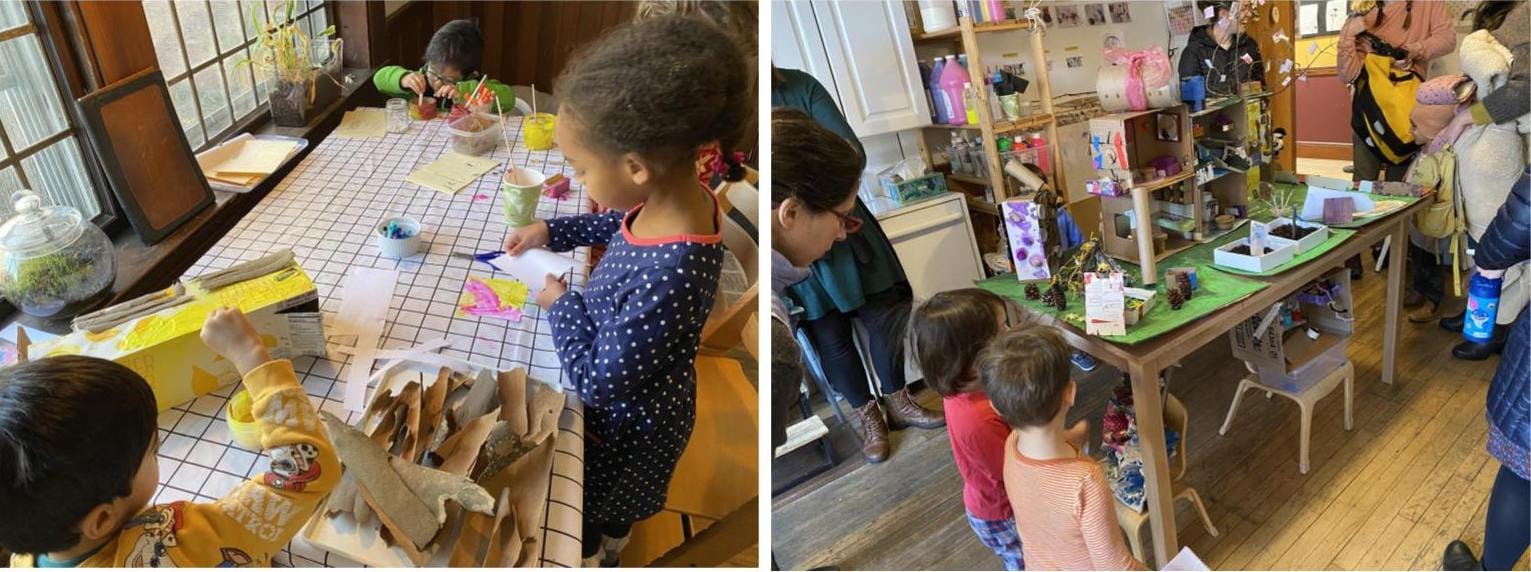
Reuse and responsible consumption was modeled.
Project work
A hypothesis: directing children’s attention to the joys of creating and collaborating can help provide an antidote to attempts to perpetuate consumer culture.
Despite economic models which depict human behavior as driven by narrow self-interest (e.g., to get people to work harder, pay them more), I know many smart, dedicated and hard working educators who don’t work hard for the money. They work hard because they care about their communities and take pleasure in what they do. Indeed, I find one of the great joys of life is working with a group of people to imagine and bring into existence something that makes a contribution to our community.
This is not surprising. We come into the world primed to learn and connect with people; to explore, discover, and create with others. Steve Seidel captures the magic for the individual in being part of such a group:
It is possible to see the [learning] group as holding the individual in its arms with care, respect and love…The group that embraces the contributions of each member, however diverse and contradictory, may well provide exactly the right context for the emergence of strong individual identities. Through the debate, experimentation and negotiation that characterizes the work of these learning groups, each member comes to see, and in time to value, the particular, even idiosyncratic, qualities of the others. The valuing of each member’s contribution means that each person not only develops respect for the others, but also has the experience of being valued for what he or she brings to the problem at hand (from “To be Part of Something Bigger than Oneself” in Project Zero and Reggio Children (2001), Making Learning Visible: Children as Individual and Group Learners. Reggio Children: Reggio Emilia, Italy).
In my many years in education, I’ve learned that many children seldom have the opportunity in school to participate in such learning groups. They don’t get to experience the sense of choice, wonder, and delight that comes from exploring and creating with friends.
Where might they get such an experience? In project work, like the effort to build a house for Enlin. Here children got to envision, experiment, and create. They needed to try and try again. When the house broke, they had to go back to the drawing board. It took them weeks to complete the house. As the project unfolded, parents would ask Jen, Danielle, and Sam “who is Enlin?” and relate how excited the children were to be building the house. The pride in sharing the completed house with their families was palpable.
The good news is that we already do a lot of project work at Newtowne. The project of Enough is yet another reason to lean into this pedagogical practice, to direct children’s attention to the possibilities of meaningful and collaborative labor. That a good life isn’t about finding the job that is most remunerative, but finding the job that is most meaningful.
Connections with the natural world of Cambridge
A hypothesis: people who feel a kinship and connection to the natural world are more likely to engage in responsible consumption and vote for candidates whose agenda includes protecting the natural world. This hypothesis is borne out by the research of developmental psychologist Gary Evans Williams that finds that teenagers who had experiences in the natural world as young children are more likely to engage in positive environmental behavior.
It is not uncommon for early childhood programs to have curricula aimed at connecting children to the natural world. But often that world is separated from children in time and space: think of Cambridge kids learning about dinosaurs or rainforests [note: I actually love engaging children around dinos; they are so compelling. I’m arguing that we should also study what is around us]. And often messages about the natural world in our cities are ambiguous or even negative. Certain animals are described as pests though their residency might predate human settlement. Certain plants that thrive in cities are described as weeds. Yet as Peter Del Tredici argues in Wild Urban Plants of the Northeast: A Field Guide, the “preadapted” species that thrive in cities are meant to be there.
During the past school year, we had several endeavors aimed to direct children's attention to the natural world in Cambridge. There was the Critter Count where we kept track of the animals that children, families, and faculty were seeing around our school. There was Critter of the Month where we took a deeper dive into specific animals that lived among us.
I want to continue these efforts and be thoughtful about how we talk about the complex relationship between people and the natural world. While some flora and fauna may be a nuisance or even pose a danger to humans, we need to expand our aesthetic and accept and celebrate a wider range of plants and animals. Yes, polar bears are cool. So are squirrels jumping from tree to tree. Yes, lady slippers are beautiful. So are dandelions.
As the story that follows illustrates, efforts to direct children’s attention to the natural world around them can have an impact on what they come to value.
“I found something incredible!”
A morning in June. Five children from the Green Dragonfly class are having their final studio session of the school year. Mateo is outside with a group exploring the Playing with the Sun materials; a kit with solar panels and a motor that turns. Looking for something to include in his “spinning sculpture”, he goes off to search under some Yew bushes. Returning from his explorations, he excitedly announced, “Ben, I found something incredible.”
What was the incredible thing that Mateo had found? Where there had been bare dirt just days before, a host of yellow flowers had emerged. Mateo’s discovery came nine months after he had pronounced that “A tree is not a surprise.” It came after multiple experiences – in the studio, his classroom, the playground, and trips to a nearby park – where he had encountered, discussed, and formed relationships with the natural world around him. It came in the context of caring relationships with his teachers. Perhaps the natural world can’t be a surprise. But it can be pretty incredible.
